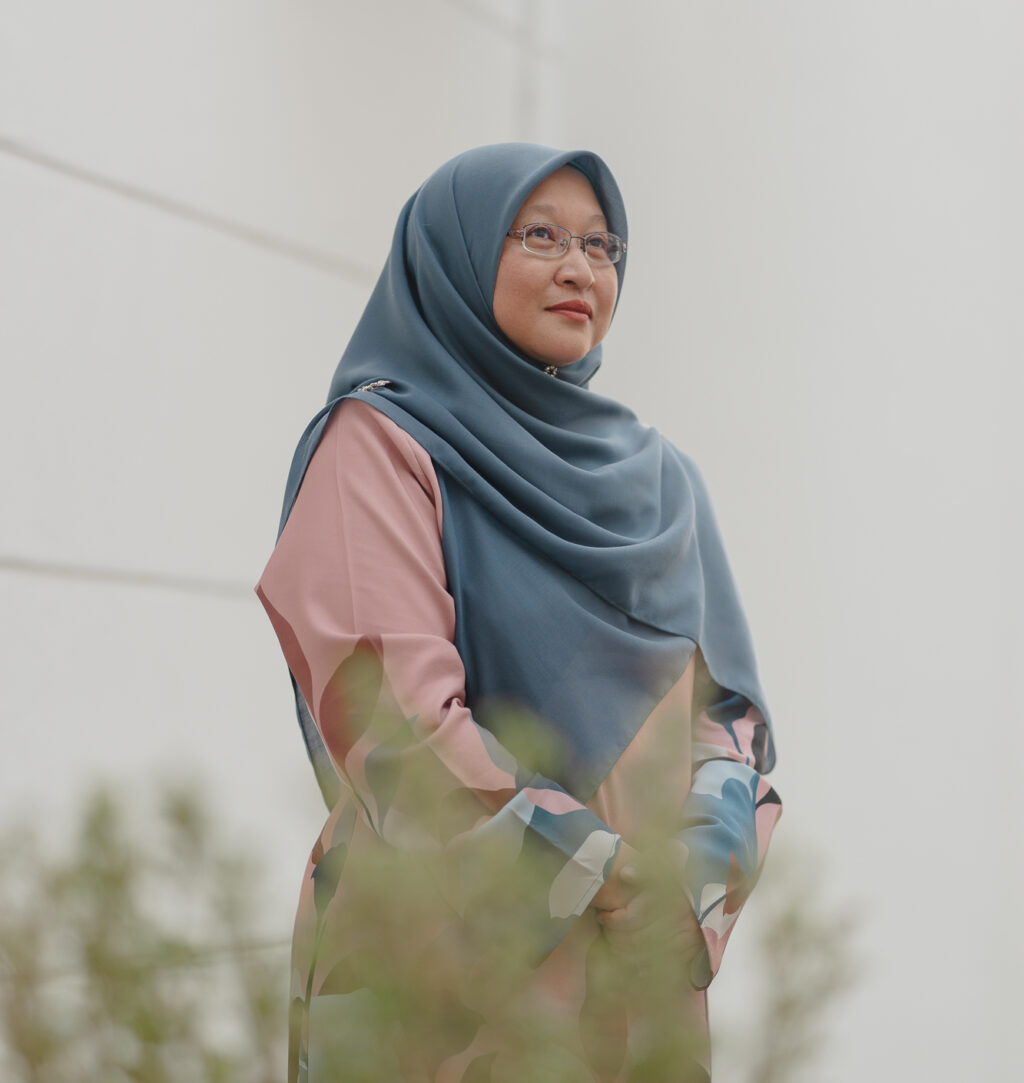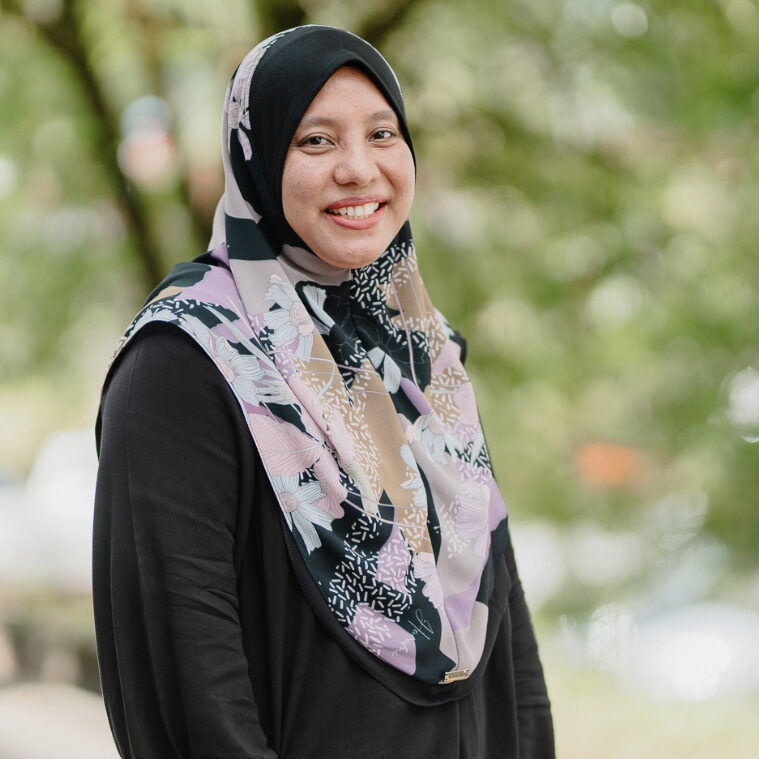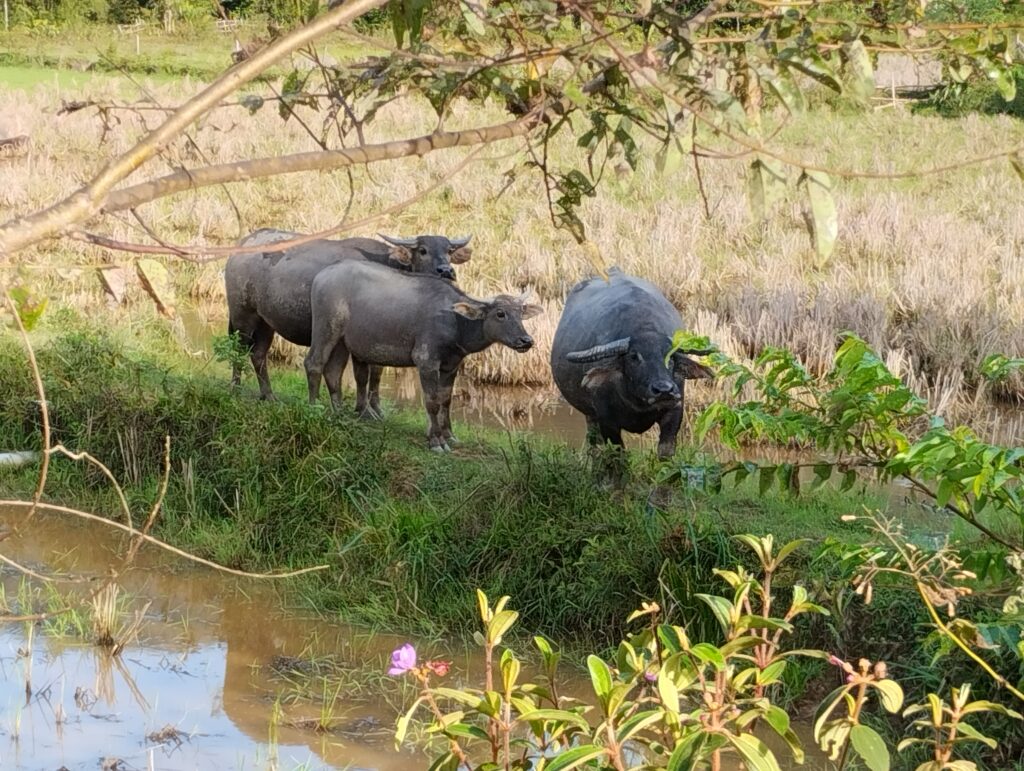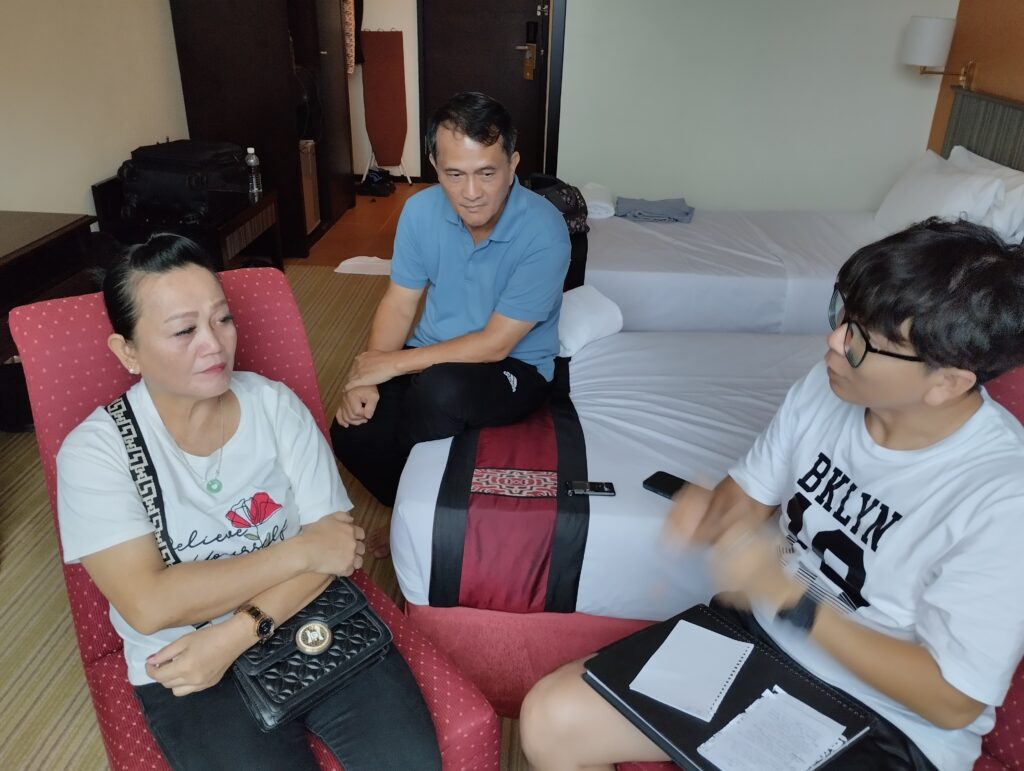
Even Sarawakians are generally not aware of the existence of the Lengilo.
The Lengilo is not listed in official government records on indigenous languages of Sarawak. As of 2022, they were also not listed in the World Directory of Minorities and Indigenous Peoples.
When the Lengilo fill in government forms, they identify themselves officially as Lun Bawang. After all, they live amongst the Lun Bawang, and they speak the language fluently. A second-generation Lengilo estimated that there are less than 150 speakers of the language.
Due to these, the Lengilo can be considered a “lost tribe” in Sarawak.
Understanding the urgent importance of preserving the language before it disappears, FELC researchers Nur Ardini Jian, Hamidah Abdul Wahab, and Ting Su Hie strived to capture the sounds of the language. They interviewed and recorded an 80-year-old Lengilo informant, most probably one of the few native speakers of Lengilo who are still around.




Why do we need to study and preserve the sounds of a language?
“Many sounds are shared by all languages. Some may never be found in any other language. And there may be undiscovered range of sounds out there that we know nothing about.”
“Humans essentially can make the same range of sounds, but there are many varieties of those sounds. We know from previous research that no one language contains all the potential human sounds,” Nur Ardini explains.
In their preliminary study, the team found that in Lengilo, there are six types of consonants, three types of vowels, and three types of diphthongs. Affricate consonants such as [č] (the [ch] sound in chair or touch) and [ǰ] (the [g] sound in rage or [j] in jelly) were not found in the list of basic vocabulary that they looked at.
The researchers are hopeful that their study will help document the nearly extinct language and therefore preserve it for the future.
After all, a language captures a community’s history and ways of life. It is an expression of heritage for the speaker community. It unifies its people. When a language is no longer spoken, many parts of its people’s history and knowledge disappear with it.
By the end of the 21st century, the Documentation of Endangered Language Programme estimated that only one third, or maybe even only one tenth, out of the world’s roughly 7,000 languages will continue to exist. Exacerbating this is the fact that many endangered languages lack writing systems, and Lengilo is one of them.



Here’s a cheer for our researchers for their contribution in sustaining this intangible heritage. We hope that they will inspire more people to do the same.